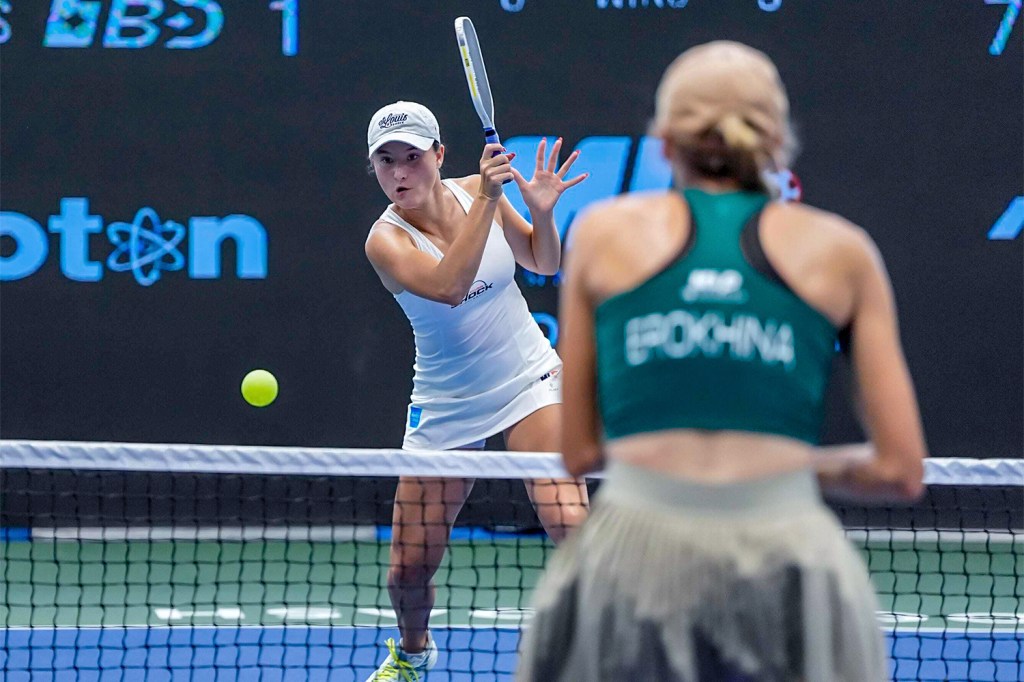By: Ryan Ivey, @rivey35

Life in college athletics can be extremely rewarding. As an administrator, coach or support staffer, we have the opportunity to influence and make a difference in the lives of young people, specifically the individuals that are going to shape the future of our world. While winning championships and growing our departments are extremely important aspects of the job, nothing is more rewarding than seeing the “light bulb” go off in the minds of student-athletes as they begin to realize that they have the power and ability to change the world. As rewarding as this is, it certainly doesn’t come without challenges.
Small schools share many of the same problems as every other intercollegiate athletics department. At the end of the day, we are dealing with 18–22 year olds, making 18–22 year old decisions. Additionally, we all are trying to increase external revenues, drive attendance, build facilities and increase staffing in our core student-athlete welfare areas (these include: academic support, strength and conditioning, sports medicine, life skills & leadership development). While all intercollegiate athletic departments face many similar challenges, there are obviously some unique challenges and opportunities that are only applicable to smaller schools.
Unlike our big school brethren, we small schools have to face the adversity of inadequate staffing. Not having the ability to adequately and appropriately staff all areas of our department is a major concern. As such, we are constantly using the infamous, “other duties as assigned” language in employment agreements. As with many small schools, most everyone employed has the “opportunity” to wear multiple hats. Coaches are often asked to take on administrative roles during their “off-season”, whereas administrators are constantly being looked to be creative and versatile in their talents and abilities. For example, at my school, my Director for Compliance also serves as our scoreboard operator for our newly developed softball program. This is the prime example of why “versatility” is a major component for success at small schools. Administrators and coaches alike must be both willing and able to be successful in many different areas.
Another major difference between small and large schools are the resources that are available. Unlike major Division I institutions where budgets routinely exceed $50 million annually, small regional institutions operate on an annual budget anywhere from $3 million to $15 million. Due to the budget limitations, small schools must be creative in their approach to problem solving. I am certainly not saying that Division I administrators and staff are not creative; some of the most creative administrators and staff I know work at the highest level. What I am stating is that there are differences in the way both levels define and implement creativity. For the most part, small school budgets are creatively designed with many funding sources (self-generated revenues, student fees, direct institutional support, endowment/investment returns).
Finally, another major challenge for small schools is student-athlete countable aid. Many small schools, especially from a Division II standpoint, are not “fully funded”. Because of the lack of scholarship budgets, small schools are forced to be creative with awarding aid. Through this avenue a solid relationship with the financial aid and scholarships office must be developed. Having the ability to offer a variety of funding options for student-athletes is a major recruiting advantage and creative way to deal with the budget process.
While there are many differences between large and small schools, the one thing that will always remain is the ability for each level to learn from each other. I have found during my time that there are great lessons to be learned, and great people leading the way at every level. Being able to show creativity and versatility to solve problems and fund ideas is something that small school administrators thrive on. It’s what we do on a daily basis. Being able to find their niche to attract people (fans, donors, PSA’s) to attend and commit to their institution takes real skill, intelligence, creativity and flat determination and perseverance.
At the same time, “big school” administrators possess some of the most creative minds in the business. The ability to problem solve, multi-task, and navigate the political waters between donors, boosters, boards and academia is nothing short of fascinating. There are so many aspects of the intercollegiate athletics that “small school” administrators can learn from “big school” administrators and vice versa. With all of the change occurring throughout college athletics, I truly hope that we end up with more collaboration and less “division”. I have witnessed first-hand the many great administrators that occupy seats at all levels, and I think it’s time that we all start reaching out and noticing each other for what we are able to accomplish and not because of the “size” of the school we work for!
Ryan is the Director of Athletics at Texas A&M University-Commerce where he is responsible for the direct oversight and administration of the department of athletics and it’s 14 sponsored sports, 24 employees and 48 coaches. You can follow him on Twitter here or connect with him on LinkedIn here! We would like to thank Ryan for his time and insight!

















